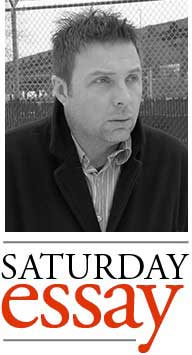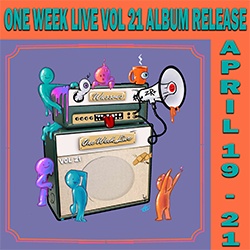Mind your Business
 On my way to see Burning, the Korean movie adaptation of a Haruki Murakami short story, playing at Zeitgeist Zinema in January, I heard a woman yell “Somebody help me!” from the bus stop. I couldn’t see her well; she had made herself small, the way a rabbit might make itself small for fear of a predator who has entered the garden, too.
On my way to see Burning, the Korean movie adaptation of a Haruki Murakami short story, playing at Zeitgeist Zinema in January, I heard a woman yell “Somebody help me!” from the bus stop. I couldn’t see her well; she had made herself small, the way a rabbit might make itself small for fear of a predator who has entered the garden, too.
A man was looming over her while she cowered against the wall of the Greysolon Plaza. From behind, I couldn’t see much of him, either. He wore a jacket that looked not-quite warm enough; his agitated movements were likely keeping him warm. I felt my city instincts kick in.
I’ve lived in a city all my life: Milwaukee until I was 22, St. Paul until I was 32. Duluth is the smallest community I have ever lived in, and most days, it barely feels like a city. In the quarters of a city where poor people live, anytime someone calls “help,” I think, we check it out. We need each other.
Someone called for help. I needed to check it out. I started to cross the street, putting on my most booming voice.
“What’s going on over there?”














